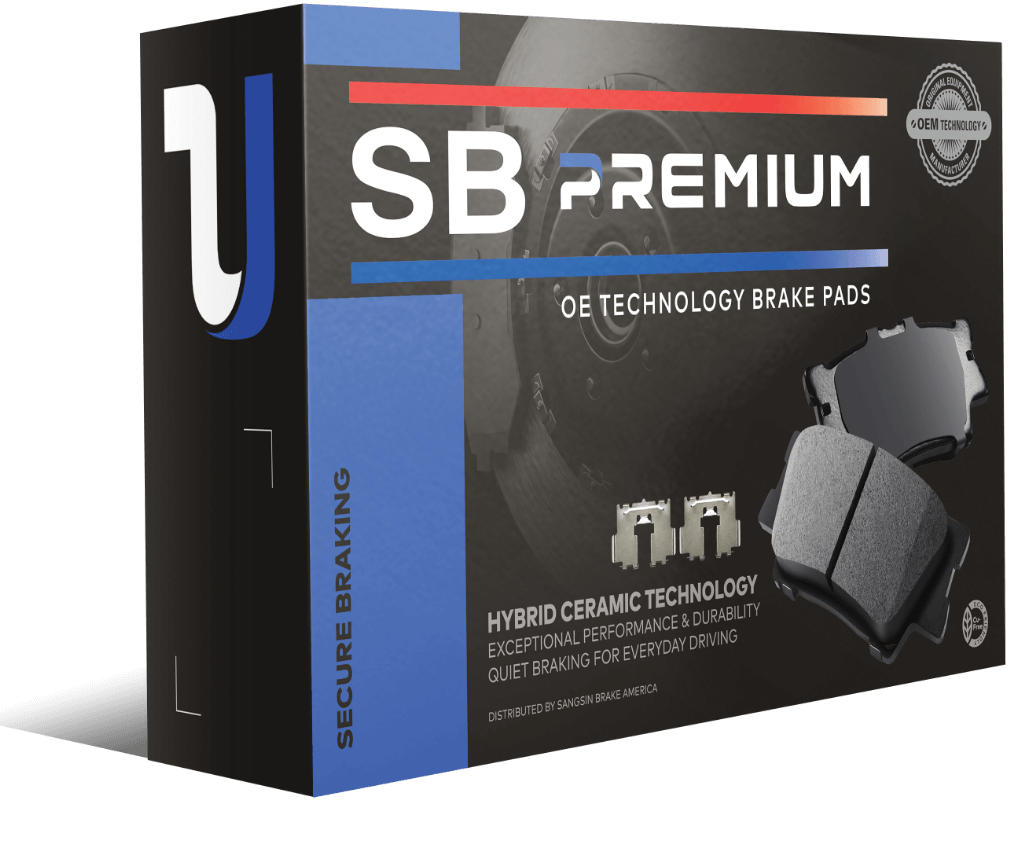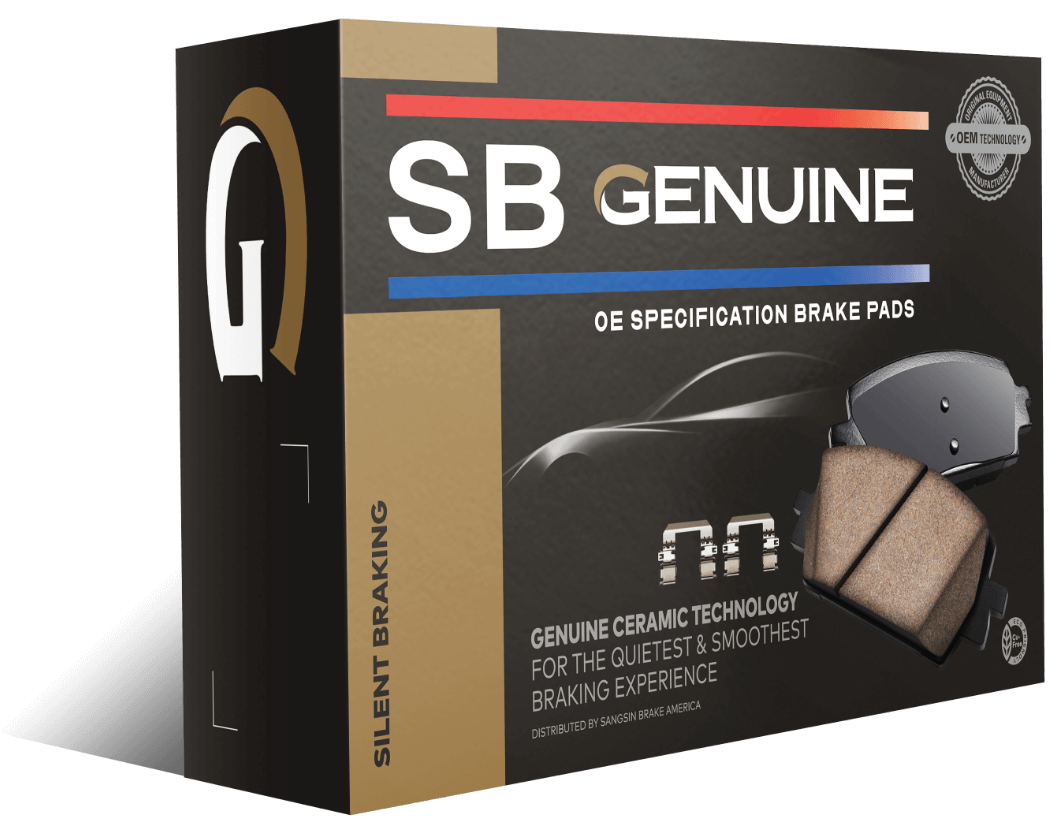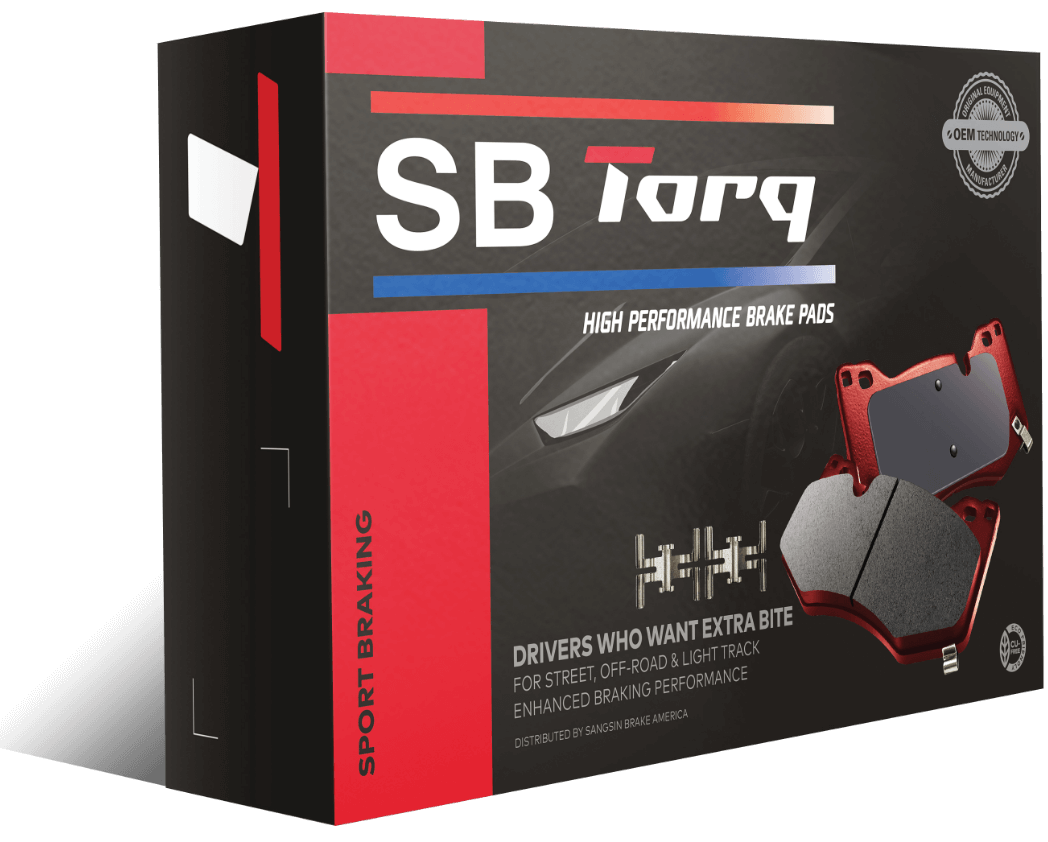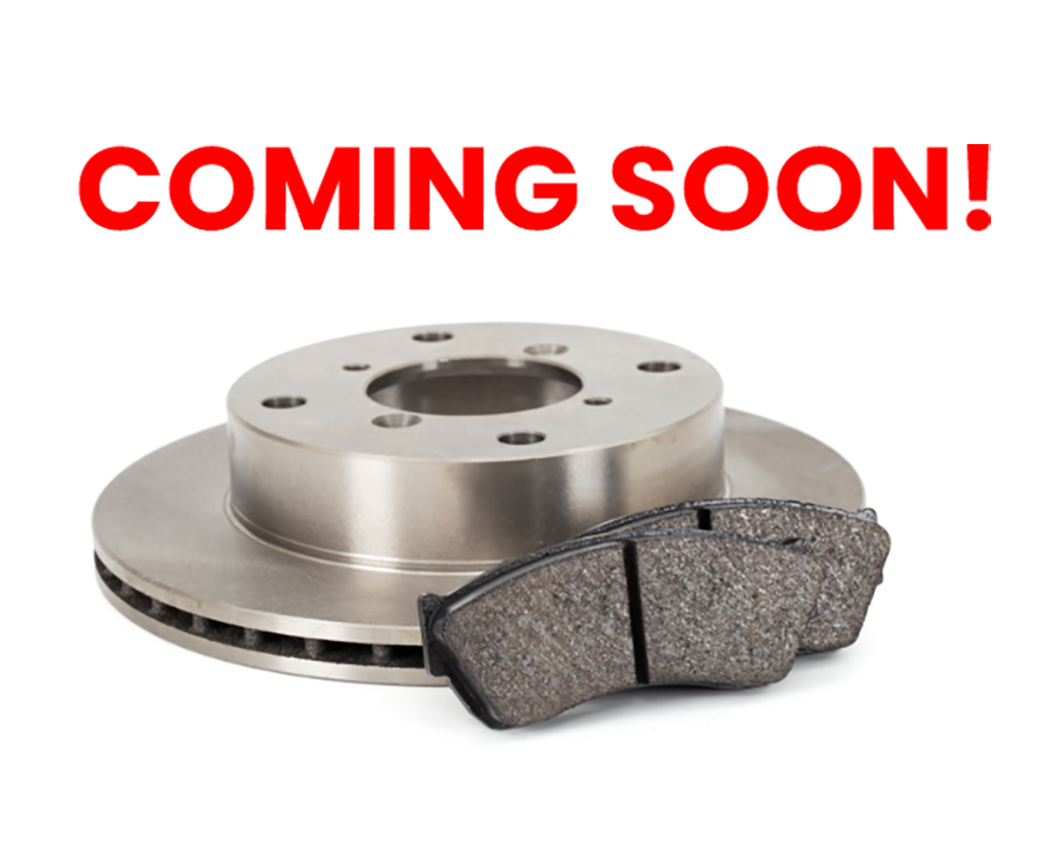Are your brakes squealing when you hit the brake pedal? Is your vehicle grinding to a halt when you need it to stop? If you’ve answered “yes” to either one of these questions, chances are you need new brake pads.
But selecting new brake pads may not be the slam-dunk decision that you initially think it is, as there are several factors that you should be weighing before making the decision. In this post, we’ll dive into some of these decisions, as well as detail the pros and cons of the various types of brake pads that you have to choose from. Here’s a closer look at what type of brake pads you need based on the type of vehicle you drive and your driving style:
Brake Pads 101
Before we get into the different types of brake pads, it’s first worth taking a moment to review just what brake pads are and the role that they play in a vehicle’s braking system. You could make the argument that brake pads are the single-most-important component of your vehicle’s overall braking system. Your vehicle’s brake pads work hard and come into contact with the rotor each time the brake pedal is pressed, which creates the friction necessary to bring the vehicle to a stop. However, brake pads wear down over time, and this can greatly jeopardize stopping performance. How long brake pads last depend on a variety of factors, but it’s important not to delay service at the first sign of trouble. Driving on worn brake pads doesn’t just have the potential to jeopardize your safety, but the safety of everyone else you share the road with too.
The Different Types of Brake Pads
Most auto parts stores, online retailers, and repair shops offer at least three different price levels of brake pads, employing a good, better, best strategy. There are pros and cons with each level of product, and features and benefits vary by brand, but the information below conveys the average product.
Good
Brake pads in the good category are generally the least expensive option. Coverage may be limited to older, or less expensive cars where long life is not a primary requirement. The pads will usually incorporate a single layer shim, and a limited number of friction formulations will be used. While no reputable retailer would offer product that sacrifices safety for cost, pads in the good category may not last as long or operate as quietly as other more expensive pads.
Better
The Better category of brake pads is the one chose most often by consumers and professional installers. This category usually features a wide range of coverage with products available to fit most any cars. Better level brake pads usually feature a wider range of formulas tailored to each vehicle platform. Most pads in the Better category include abutment hardware in the box and feature a multi-layer shim for quieter operation. This category is a great choice as a balance of affordable price, long life, and quiet dust-free operation.
Best
Coverage in the Best category is usually limited to later model and more expensive vehicles. This category almost always features application specific friction material, often from an actual OE manufacturer. This ensures maximum pad life and the quietest, most dust-free operation available. This level often includes a premium multi-layer shim. The included abutment hardware is sometimes rubber or Teflon coated as an additional protection against noise and corrosion.
Brake Pad Considerations
So, which level of brake pads do you need? It largely depends on what is most important to you. In this section, we’ll get into some of the considerations that you should be taking into account when it comes to selecting brake pads.
Vehicle Type
If you drive an older or less expensive vehicle, or if you plan to change vehicles in the near future, the Good category may be a consideration. If you have a newer car, with many years of life remaining, then perhaps you should consider the Better category, to take advantage of the extended life. If you want to restore your car to it’s like new OE performance, then the Best category may be your best option. While not covered in this blog, many auto parts stores carry brake pads to cover specific niches such as fleets, towing, emergency vehicles, and even race cars.
Service Life
There are many factors that determine the life of a brake pad, such as driving style, suspension wear, and friction material. With all things being equal however, in general with brake pads you get what you pay for. This means that less expensive pads generally sacrifice service life in favor of lower costs. If long life is important, you should consider the Better or Best category when choosing your pads.
Noise
Everyone has heard that annoying squeal when you apply the brakes. There are many things that can cause this squeal, but it is most commonly blamed on the brake pads. There are several attributes that can be included in a brake pad to minimize the likelihood of brake squeal. Any pads in the Better and Best category can be assumed to include noise minimizing features such as application specific friction material, and multi-layer shims.
So, what type of brake pad is right for you? There’s no right or wrong answer. By carefully assessing the features and benefits of each level, you can choose the pad that best fits your vehicle and budget.





